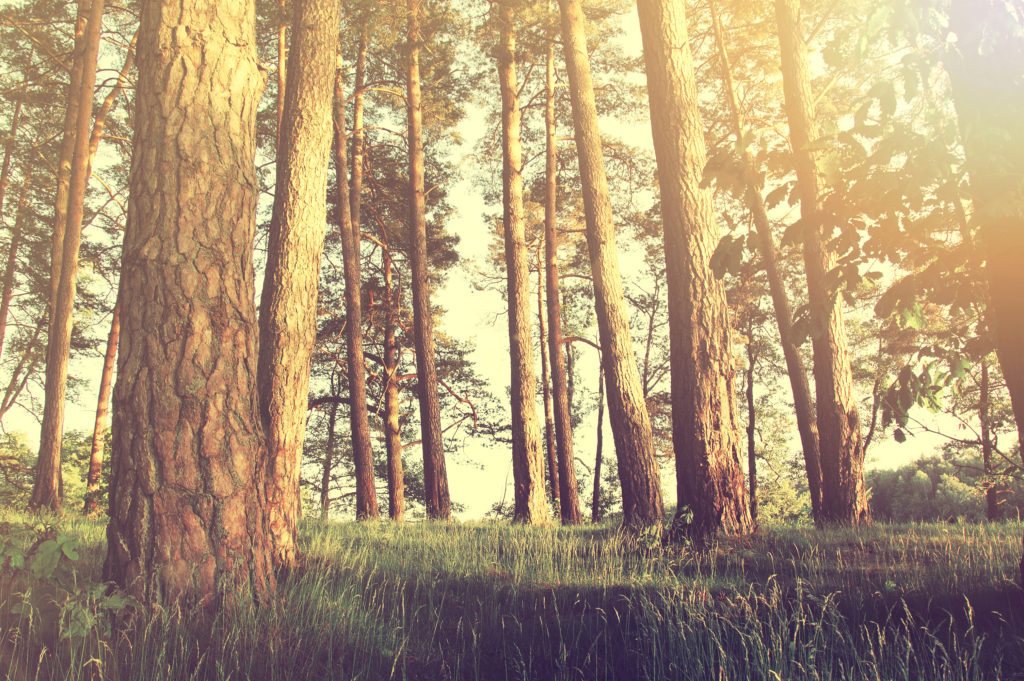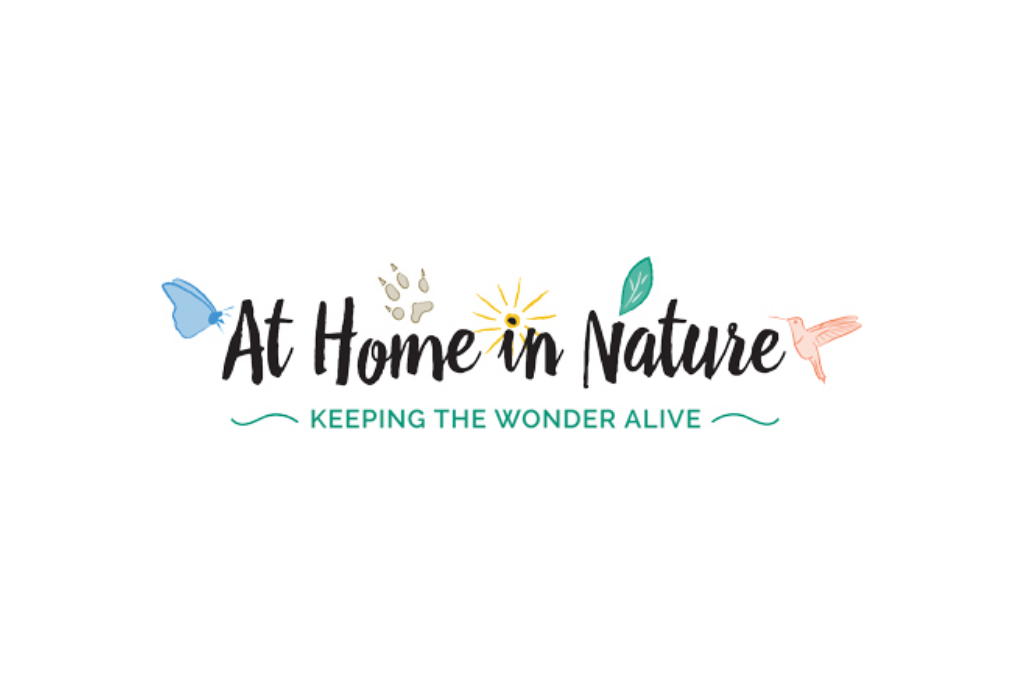
Description
For a child, nature beckons. The sight of a line of ants, the flutter of butterfly wings or the call of a hawk, will cause a child to stop and wonder. Next the child wanders, naturally wanting to see, feel , hear and touch.
As children, many of us were free to roam our neighborhoods, canyons, open spaces and vacant lots. We hold deep childhood memories connected to those experience. We remember building forts, making mud pies, climbing trees, creating fairy houses in patches of moss. For those of us who were lucky enough to have such experiences, we understand the significance of them in our lives. We know how much learning takes place outside, how an understanding of seasons, evaporation, the lifecycle of a plant or a frog, is gained because it is experienced firsthand.When children are given the opportunity to be outdoors, they learn directly in real and meaningful ways about the world around them. As highly qualified early childhood staff, we are are also naturalists, well versed in all aspects of sharing nature with children, and able to support each child’s unique way of learning in an outdoor environment. In addition, young children who have challenges learning in typical indoor classrooms are often more successful in nature.
The philosophy behind why and how we teach outdoors is based on years of experience teaching young children and interacting with their families. Also we are influenced by the writings of many in the fields of conservation, education, natural sciences, and early childhood. Included in these influential thinkers are: E.O. Wilson, who brought to our attention the concept of “biophilia”, our innate desire to affiliate with other living things; Rachel Carson, author of Silent Spring and The Sense of Wonder; David Orr, who writes so eloquently of the need to have a sense of place in Earth in Mind; and Richard Louv, former columnist for the Union-Tribune who created an international movement with the publication of Last Child in the Woods: Saving Our Children from Nature-Deficit Disorder.
With At Home in Nature, we are committed to continuing the work Patti started nearly 25 years ago with the first Outdoor Classroom programs. With each child who spends significant time learning in nature, we will be taking steps towards a new generation of children who know and care about the wild and semi-wild places in and around their communities.
At Home in Nature programs will give children the opportunity to learn through their senses and through the natural process of discoveries. To know and understand their world, children must have a chance to have blocks of unstructured time in nature. Teachers will observe and record what children are interested in and will support those interests by providing materials, information and tools to extend on their learning where needed or desired.
Each child is respected as an individual and supported in her/his growth and development. The concept of unstructured time in a structured program allows for a great amount of joyful learning to take place. Some examples of this are: the auditory skills gained from listening to oral storytelling, learning to identify birds by their songs. Gross motor skills are strengthened through hiking on uneven terrain, climbing, and balancing on stones to cross a creek. A deep understanding of science develops through investigation of nature, noticing how things change from one week to the next, asking questions, making discoveries, using curiosity. Math concepts develop as children measure the heights of plants, make maps of the areas, match leaves from one tree to a another, make comparisons and gain understanding of concepts such as more (addition) or less (subtraction) when building a rock dam or stringing beads (also fine motor skills) made from elderberry branches. Our nature adventures are opportunities for adding great richness to a child’s vocabulary as each week brings new discoveries and the chance to consult a field guide for information. The children are working well together, having quickly understood that we are all here to support and care for each other as well as this beautiful nature spot. These experiences build their sense of self as well as their abilities to be a good friend, thus supporting the development of good social skills.

